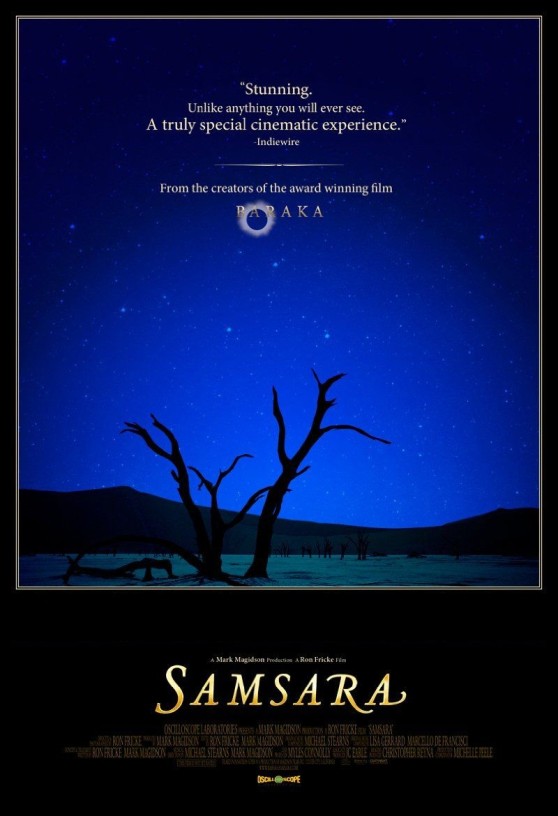timespace coordinates: 1920’s (filmed over a period of about 3 years) – urban life in the Soviet cities of Kyiv, Kharkiv and Odessa.
The film Man with a Movie Camera represents
AN EXPERIMENTATION IN THE CINEMATIC COMMUNICATION
Of visual phenomena
WITHOUT THE USE OF INTERTITLES
(a film without intertitles)
WITHOUT THE HELP OF A SCENARIO
(a film without a scenario)
WITHOUT THE HELP OF THEATRE
(a film without actors, without sets, etc.)
This new experimentation work by Kino-Eye is directed towards the creation of an authentically international absolute language of cinema on the basis of its complete separation from the language of theatre and literature.

Man with a Movie Camera (Russian: Человек с кино-аппаратом, romanized: Chelovek s kino-apparatom) is an experimental 1929 Soviet Ukrainian silent documentary film, directed by Dziga Vertov and edited by his wife Yelizaveta Svilova.

Man with a Movie Camera was largely dismissed upon its initial release; the work’s fast cutting, self-reflexivity, and emphasis on form over content were all subjects of criticism. In the British Film Institute’s 2012 Sight & Sound poll, however, film critics voted it the 8th greatest film ever made, and it was later named the best documentary of all time in the same magazine. (wiki)









